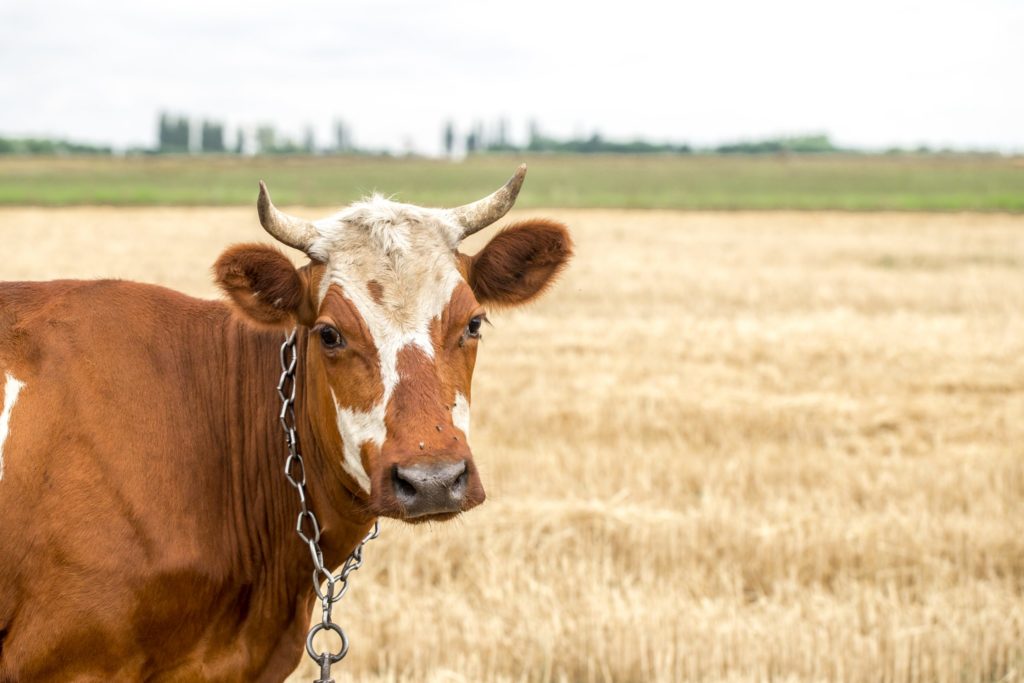There are a lot of questions that have come up over the years as to whether cowhide rugs are an eco-friendly option. Some people believe they can be while others don’t think they should. If you’re looking into purchasing one, this article will let you know what the pros and cons of cowhide rugs are in regards to their sustainability.
The Ethics Question
First of all, let’s settle this one. Cowhide rugs ARE ethical, simply because there’s no industry dedicated to skinning cattle ONLY for the hide, as it is with natural fur.
Cowhide makes just 10% of a cow’s total worth on the market, including meat and other byproducts. Just 1/10th of a profit the farmer will get from the cow comes from its hide. It’s not enough to make or break the deal for them, and not even enough to affect the decision, whether one has to go into the cattle industry, or not.
Hides are merely the byproduct. Nobody kills cows for their hide. Farmers all over the world grow their cattle for a whole ton of other reasons.
The Industry or The Farmers?
There’s a big difference between hides from the industrial complexes and from local farmers. Just to list a few:
- Cows in the industrial plants are treated badly. Farmer cows on Patagonia live a healthy life;
- Cows in the industrial slaughterhouses are fed chemicals. Farmer cows eat grains and grass;
- Industrial production cows spend their lives in miserable conditions. Farm cows are considered a part of the family for many, they’re treated well and cared for with attention and respect.
We at CowhidePatagonia work ONLY with farmers because this is the only way to do business with a light heart. We know we support their communities, we know it’s important for their families, and we know they are more respectful to the animals than the commercial “big cattle” industry.
Another reason for us to work with farmers, however, is pretty commercial as well: this way we get top-quality hides only. Cow hides from the industry-grown cattle have poor quality, WAY worse than the hides we get from cattle that had spent its life in the beautiful mountains, eating natural grass and drinking pure water.
The Chemicals in the Tanning Process
There are many chemicals in the leather tanning processes. But let’s face it, they are NOT required to make good-quality leather (although they do make it easier to produce).
The tanning process itself is a natural part of the life cycle of cattle. It’s the same thing farmers have been doing for centuries. The only difference is that now these procedures are taken out of human hands and entered into massively-produced facilities, with questionable materials and standards.
Meanwhile, small-scale artisanal tanneries, run by local communities, families and craftsmen, use traditional methods without any chemicals whatsoever, which makes their products far more eco-friendly than anything you can find in today’s mass market.
Vegetable Tanning is Natural
All our cowhides are vegetable tanned. Here are the “chemicals” used in the process:
- Water;
- Tannins (that come from oak, willow, or chestnut trees);
- Salt;
- Milk of lime.
You get the point. It’s just as natural as it gets. We do NOT use chrome tanning and other chemical-based methods for health reasons.
Final Word
So there you have it, in a nutshell. Cowhide rugs are no more (or less) eco-friendly than other leathers out there. By purchasing one, you’re not only supporting your farmers, but you’re getting a product that doesn’t harm any living organism on earth. It COMES from one, but it’s cruelty-free.
We also have some pretty good arguments as to why cowhide rugs are better products than fake fur or polyester copies – let’s not forget that they can be used as stylish and decorative furniture, so they are not just made to be thrown away after a few years like synthetic fur copies.
